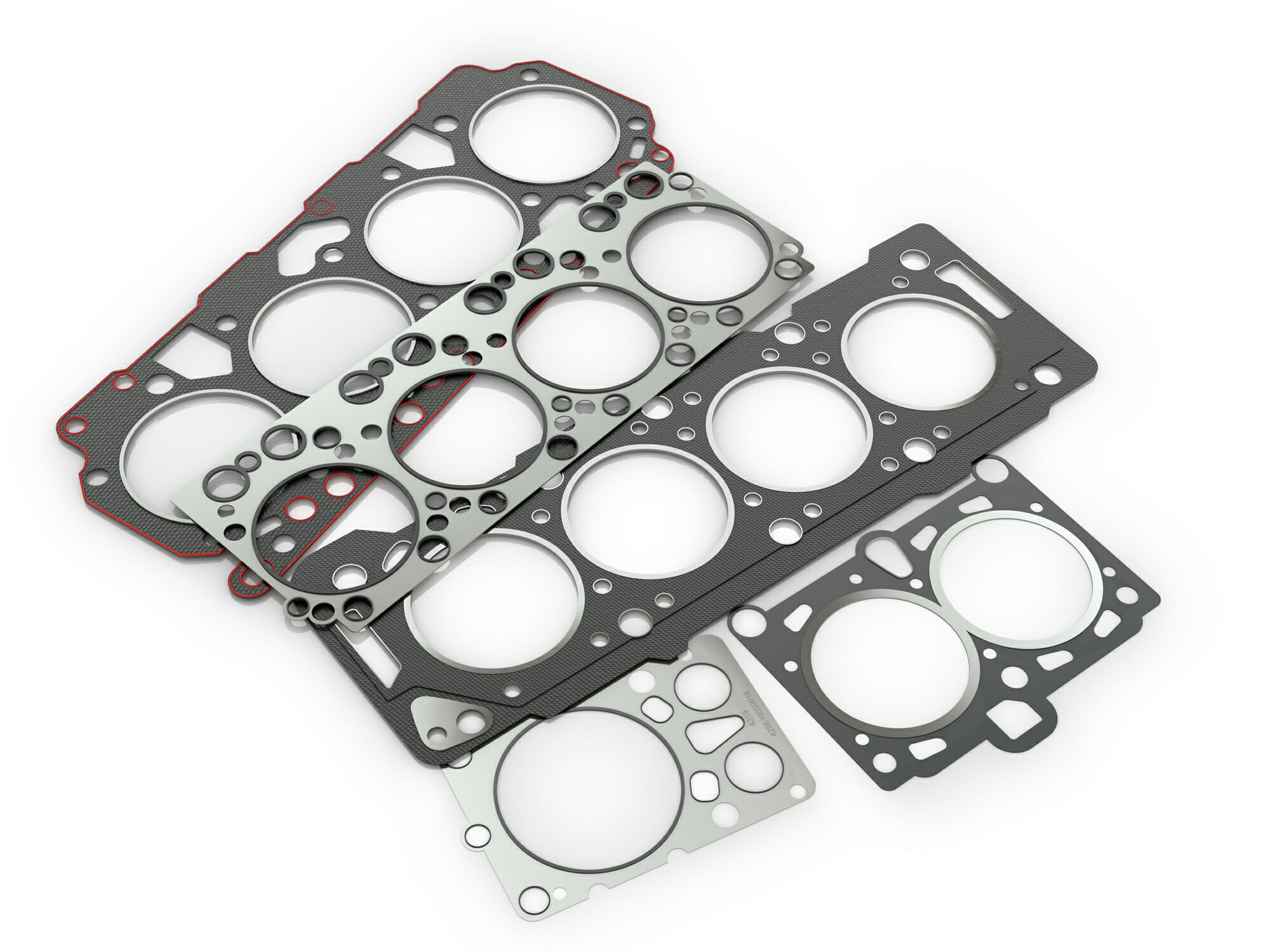
Whether buying a new or used vehicle, owners expect to find a car that’s reliable with highly tested and quality components. That would be true for Subaru head gaskets. Most cars can develop problems, and this vehicle is no different. Knowing what has happened is the key, though.
Are there Subaru head gasket problems you should know about before you buy?
Yes, Subaru vehicles have been known to have problems with the head gaskets.
Some of those consumer complaints include:
- Blown head gaskets (failure)
- Exhaust leaking from the tailpipe
- Smoke coming from the vehicle’s exhaust
- White oil located in the reservoir
- Overheating engine
- Bubbles or vapors in the coolant reservoir
These are some of the most noted complaints about the Subaru vehicles. We will explain what the problem is behind the head gasket concerns in this piece. It is always wise to make sure you know the Subaru’s Vehicle History before you make a purchase.
What Is the Problem with the Head Gasket on These Vehicles?
The head gasket problems on Subaru vehicles is not new. It has been an issue with this vehicle lineup since the 1990s, in fact. Newer models still have a higher tendency to have head gasket problems than other vehicles like it.
The problems seem to focus on those vehicles with a 2.5-liter engine. Some of the vehicles impacted include:
- Subaru Impreza
- Subaru Outback
- Subaru Baja
- Subaru Forester
- Subaru Legacy – and others may apply
Understanding the Head Gasket Problem
The head gasket in any vehicle is an important component of the engine. It has numerous holes in this thin strip of metal. This strip is placed between the cylinder heads and the block itself. It has to be positioned properly — which is not the easiest thing to do — during the assembly process.
When in place, the head gasket works to absorb most of the engine energy between the two metal components. In this way, it acts as a buffer, helping to reduce the amount of friction here. They also work to keep the oil in the right paths throughout the vehicle.
This helps to ensure the vehicle has the oil necessary. Finally, the head gasket also works to ensure the coolant lanes are in place, keeping the engine at the right temperature.
Most of the time, owners never have to replace a head gasket. That is because they are designed to last as long as the engine does. The only time they really should need work is when there is a need to replace or do other major work on the engine.
Because this component works with the engine, it should automatically shift into position as the engine moves and as temperatures change. It has to allow the head and block to gain pressure and reduce pressure, on the seals.
Failures of the head gasket, described in many of the consumer problems listed above, can mean significant problems. That means that the engine is unable to maintain the proper pressures in the inside.
That means all of those pressure is trapped in the engine, and often in areas that it cannot be in. It also means oil and coolant — both critical for maintaining the engine — are not going where they need to be. As you can imagine, this can lead to a blown head gasket.
What Happens with the Subaru Head Gasket?
So many key components that must work just right to get the desired results that the head gasket is a fairly important piece. So, what goes wrong with this Subaru component?
There is not a lot of insight into why the head gasket fails on these vehicles so readily. Yet, these models tend to be more susceptible to the problem than others like it. It is thought that the design is simply flawed. That is why so many problems have existed through the 2011 model year.
Most of the vehicles mentioned here offer a 2.5 L SOHC engine (though some offer other engine options). In these engines, the risk of overheating or blackened coolant is significantly higher than other vehicles.
In 2012, the company redesigned the 2.5 L engine, and with it came a new and less problematic head gasket. Since this redesign, there have not been significant problems with the head gaskets.
Some owners have reported problems with the engine and head gasket on later models, but there have not been any recalls on them. There have also not been any significant concerns with the technician bulletins.
The most common problems with the Subaru head gaskets include:
- The 2005 Legacy, Outback, Baja, Forester, and Impreza
- The 2006 Legacy, Outback, Forester, and Impreza
- The 2007 Legacy, Outback, Forester, and Impreza
- The 2010 Subaru Forester and Impreza
- The 2011 Subaru Impreza
Is It a Good Idea to Purchase a Subaru With These Head Gasket Problems?
If you plan to purchase a pre-owned Subaru that has a model year of 2011 or prior, then it is worth taking a closer look at the vehicle’s repair and maintenance history. It is also a good idea to ensure that if you are buying a vehicle with the 2.5 L SOHC engine that any head gasket problems are covered under a warranty.
You can also keep on pace with any recalls and service problems related to newer models. Visit the National Highway Traffic Safety Administration website. Enter the vehicle’s make, model, and year or the VIN. This will produce a list of the problems associated with this vehicle.
The site lists consumer complaints made against the vehicle. Be sure to check this out for any engine-related problems. Also, look at the recalls and the service bulletins on these vehicles. Then, and really only then, you can have a good idea of what owning this vehicle may be like.